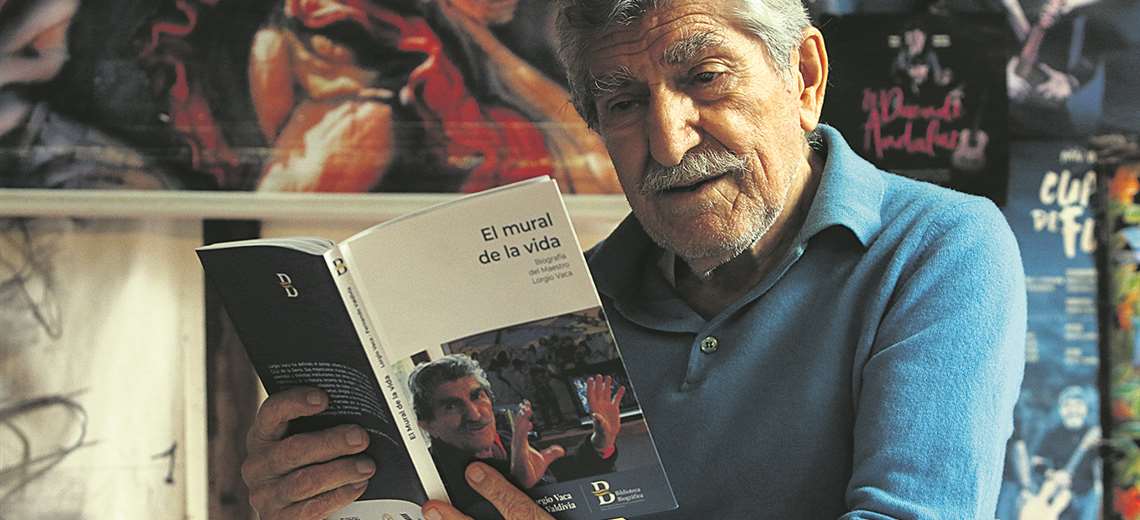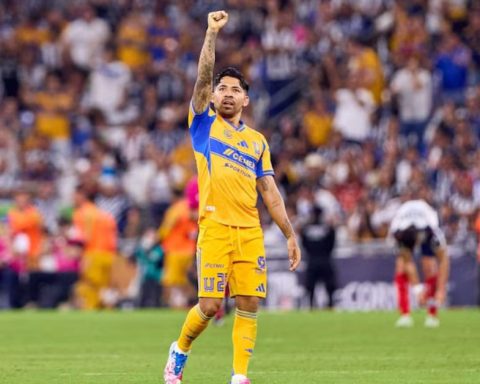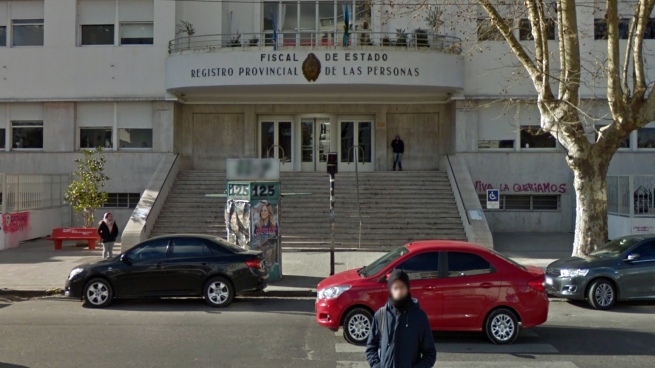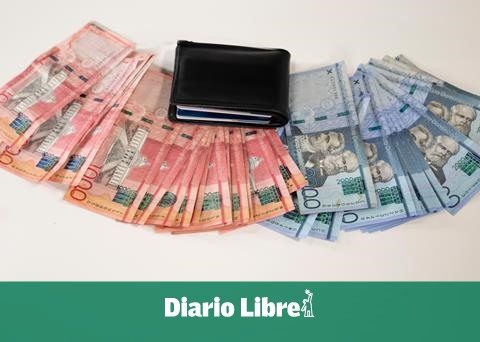At 91 years old and a few months away from celebrating another year of life, Lorgio Vaca Durán decided to make his biography known, which he has written together with the writer and journalist Fernando Valdivia and that will be presented on Saturday, June 11, at 8:00 p.m., at the Santa Cruz de la Sierra International Book Fair.
the wall of life condensed into almost 300 pages, accompanied by personal photographs and of his works, experiences and circumstances that determined his artistic career and the paths that led him from drawing to becoming one of the most important muralists in the country.
Divided into 19 chapters, the book, which will be presented at the Gabriel René Moreno room at FIL 2022, is the result of five years of conversations by the creator of The deed of the Bolivian East with Valdivia and personal writings in which he recounts details of his childhood, youth and other vicissitudes of a life in which he has had to overcome prohibitions, political persecution, but in which he never gave up on his ideals.
“I have always written here and there, but everything was scattered and my friend Fernando Valdivia one day came and suggested that we meet once a week and I would tell him my story. That’s how I told him about my childhood, the time my father gave me his brushes when he separated from my mother, the time she kidnapped me to take me to La Paz, my youth with my friends from my neighborhood, the moment when after studying law for two years, I decided to dedicate myself entirely to painting and I went to live with the indigenous people of the Lake Titicaca area… This is how the biography came out in two voices”, says the artist, who is emphatic in stating that “life was my teacher and the street was my great school”
In the biography, which is not in chronological order, Vaca also recounts his militancy in the Communist Party, the ups and downs of the Grupo Anteo group of artists and writers of which he was a member, his travels around the continent and, above all, dedicates ample space to tell the importance of his life partner, Ada Sotomayorwho is the mother of her three children and who passed away five years ago.
“What most caught my attention in Lorgio’s artistic life was above all its consequence with the ideals that he has and that he has been capturing in art”, indicates Valdivia.
The co-author of the biography also points out that another aspect he admires about Vaca is that he discovered that his technique is due to the wisdom he has collected from indigenous peoples. “When he asked him about the technique he used in his murals and where he had learned it from, he told me that he learned it from the indigenous people of the East who have a rich tradition in pottery, the handling of clay, molding and the appropriation of colors”Valdivia says.
Beginnings and education
Lorgio Vaca Durán was born on September 24, 1930 in Santa Cruz de la Sierra. Carlos Vaca, his father, upon returning from the Chaco War and before separating from his mother, gave him the watercolors with which he painted in the prisons of Paraguay.
His mother, Bertha Durán, takes him to live in La Paz, the city where he will complete his school studies and where he will begin his law degree, which he leaves after two years of study.
muralist
Vaca is considered one of the most important muralists in America and is the owner of an original style. He continues to be active in the creation of murals and in teaching in the Arts career
of the Uagrm.


















